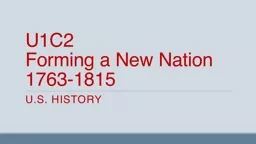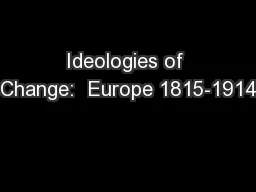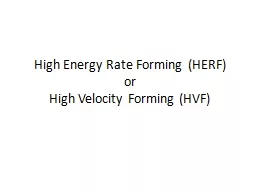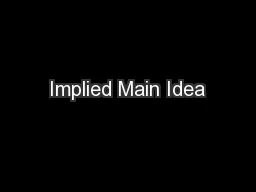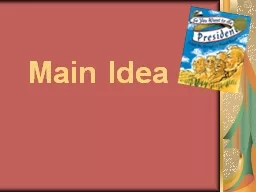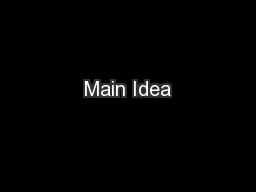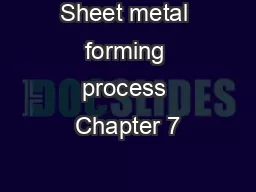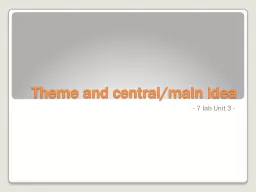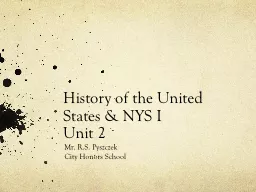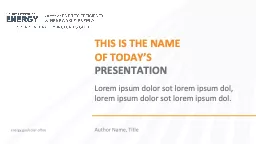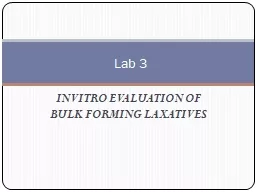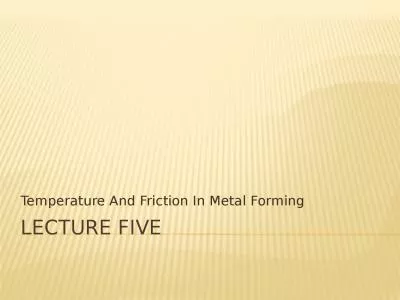PPT-U1C2 Forming a New Nation 1763-1815 U.S. History Main Idea
Author : trish-goza | Published Date : 2019-11-04
U1C2 Forming a New Nation 17631815 US History Main Idea After the war broke out between Great Britain and the American colonies the Patriots relied on their passion
Presentation Embed Code
Download Presentation
Download Presentation The PPT/PDF document "U1C2 Forming a New Nation 1763-1815 U.S..." is the property of its rightful owner. Permission is granted to download and print the materials on this website for personal, non-commercial use only, and to display it on your personal computer provided you do not modify the materials and that you retain all copyright notices contained in the materials. By downloading content from our website, you accept the terms of this agreement.
U1C2 Forming a New Nation 1763-1815 U.S. History Main Idea: Transcript
Download Rules Of Document
"U1C2 Forming a New Nation 1763-1815 U.S. History Main Idea"The content belongs to its owner. You may download and print it for personal use, without modification, and keep all copyright notices. By downloading, you agree to these terms.
Related Documents

